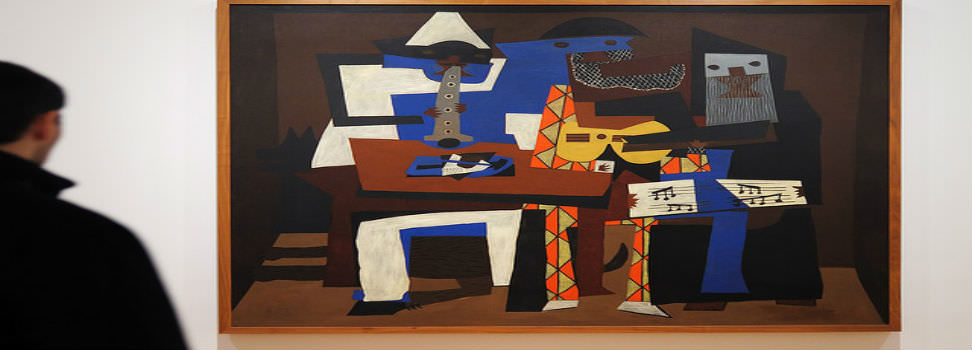The Myth of the Starving Artist
“Questioning the age-old belief that business and art cannot co-exist.”
By Anna Marszalek, Staff Writer
In Western society, the idea of the starving artist is very romantic. We get this mostly from artists such as Vincent Van Gogh, the Dutch Post-Impressionist painter who never sold a painting in his lifetime, but who produced incredibly moving and personal art. It makes one wonder: would Van Gogh’s Starry Night be any different, less raw or honest, if he were wealthy?
Does financial comfort breed less artistic passion and does the thought of attainting it influence the process of transforming deep emotions into visual forms of representation? If it does, do we respect them less as artists, as truth tellers? Somehow, because of this starving artist myth, money and art have always been perceived as rivals. But maybe they shouldn’t be, at least not anymore.
After talking with young Canadian visual artist Rory Dean, it became clear that art and money necessarily go together, and that romanticized starving artists simply did not know how to work the art market. Van Gogh lacked the business sense, but a business sense would have likely not taken away from his enthusiasm. From a business point of view, he might have even spearheaded a “starving artist” marketing campaign to generate attention toward art dealers.
“You can be the most brilliant artist in the world, but if you don’t understand that you need to factor in the fact that art is a marketplace, then you might as well go stand in the corner dressed like an American Apparel model, drinking Pabst blue ribbon, and smoking and talking about how brilliant you are. Because, if you want to conform to the idea of a “romantic artist,” then that’s all you need to do,” Dean remarked.
Art is no different than any other profession driven by a market. “If you can’t put a price on it, it ain’t art. Income is what separates the amateurs from the professionals. I like to play basketball, but Lebron James gets paid to do it, if you get my drift. It’s kind of the same thing with art,” Dean said.
In this day and age, with social networking and fair government support, passionate artists who can generate income are likely to gain more respect than artists who cannot make a decent living from their art, but are equally passionate. If a passionate artist manages to reach financial success, then he or she surpasses the status of the romantic starving artist, becoming what Rory Dean labels as a “professional romantic artist.”
In any case, society can always judge whether or not an artist has honest intentions with his or her work. Ironically, and with good reason, poor quality but money-driven artwork cannot make it within the art market.
David Kaye, Director of the David Kaye Gallery in Toronto believes that “artists should always be making art for themselves, and if they find an audience, that’s really tremendous. If you’re making art to satisfy an audience, then I don’t think that art has lasting value or will be taken seriously.”
Banner image courtesy of ralph and jenny































Share the post "The Myth of the Starving Artist"